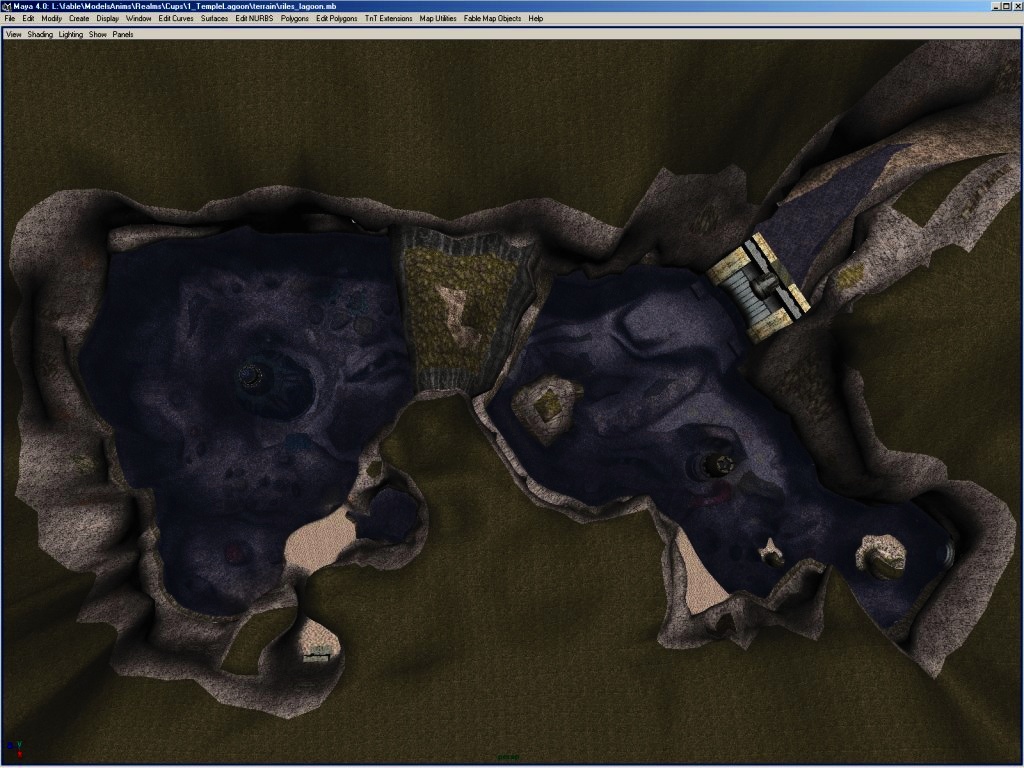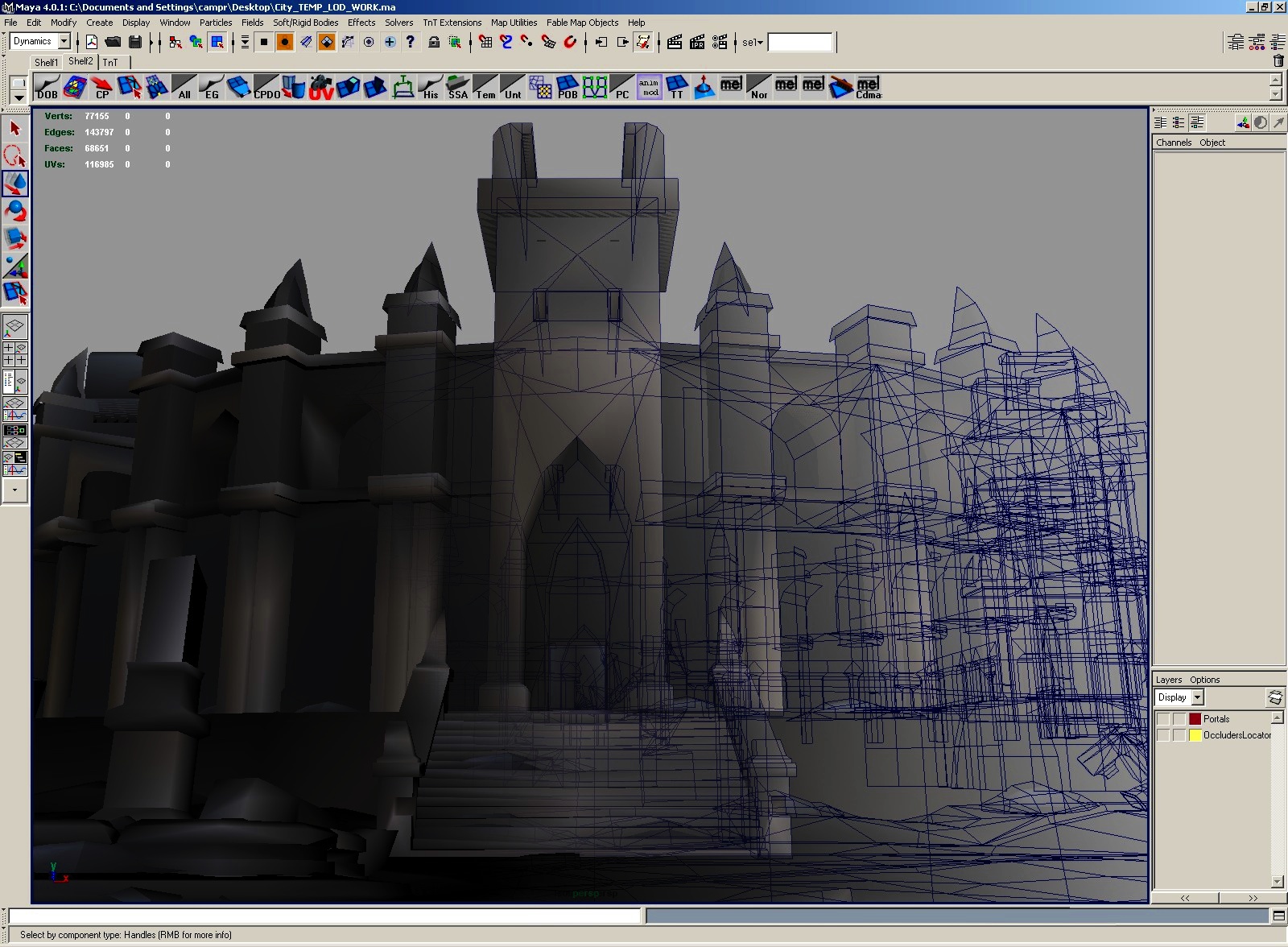Primal Source Tree
As before, I’ve made the source tree for Primal available here for you to nose through to your content.
Keep in mind that there is no actual code here, but just the tree representing how everything, or more specifically the source code, was laid out during development. This might give you some ideas, clues, or just generally, hopefully, be interesting for you to see—personally I’ve found some of these rather inspiring when deciding how to set out my own projects.
I should also emphasize that this is derived from an early debug build released here, so it’s likely things may have changed as the game continued development.
That said, you can already see how the developers had divided the code in a tidy manner between the game and the engine; much of the tech behind this game ended up getting used for other titles by the same studio, SCE Cambridge, such as Ghosthunter and 24: The Game.
If you’d like to see what that early debug build looks like (without having to launch it up yourself), I produced a video covering some of it a while ago, which you can find below.
A version of the video with some rather questionable commentary is also available here if you want to hear my boring voice.
As you can see from the source tree I’ve uploaded, the project was internally referred to as “Fable”. Given Lionhead’s Fable was called “Project Ego” at the time Primal was announced, it seems unlikely the name was changed to avoid conflicts there, so it may have simply been a placeholder.
This earlier title or internal name used for the game can actually be seen in some public pre-release material too, such as these Maya screenshots (note the “Fable Map Objects” menu along the top and, again, the “fable” directory).
After many attempts to play through the game since it was released, I’ve recently been working my way through Primal and finally find myself close to completing it. I’ve really enjoyed and admired just how unique and refreshing the universe the game takes place in is. Very impressive just how far the developers pushed the PlayStation 2 hardware.
Enjoy!



